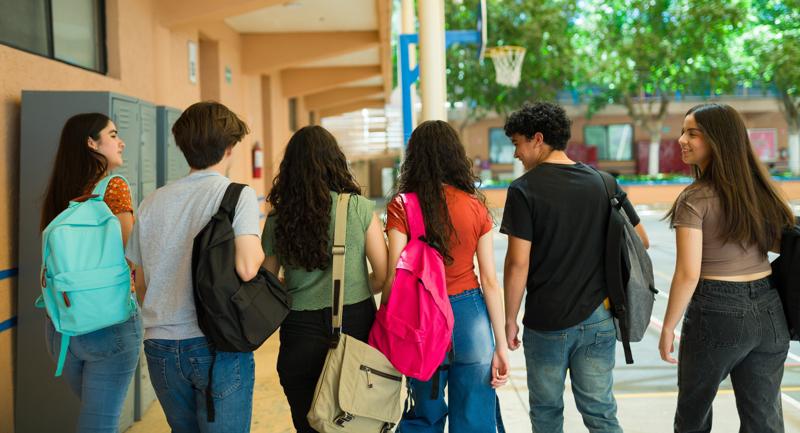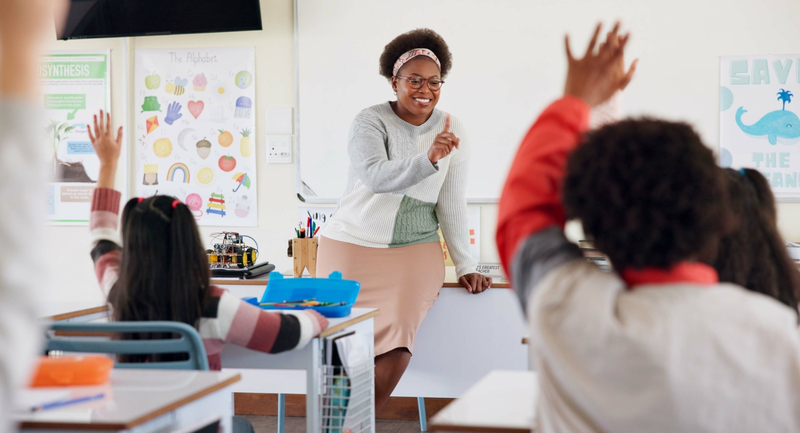A student-centered classroom is built on autonomy and the elimination of traditional teaching practices. The student-centered classroom operates on collaboration, project-based learning, technology integration, and plenty of conversation between students and teachers about learning. Here are five steps to building a remarkable student-centered classroom.
1. Create ongoing projects.
The ongoing project plays an essential role in promoting mastery. The key to ongoing projects is to provide plenty of project choices that enable students to demonstrate what they are learning. Many objectives or standards can be met in one well-crafted project that allows students to decide what the final product looks like. The ongoing project stimulates the workshop environment that is the foundation upon which the student-centered classroom is built.
2. Integrate technology.
In today’s digital world, it doesn’t matter if your classroom is filled with computers; students have them in the palms of their hands. Mobile learning is no longer the wave of the future; it’s the present. Learners will be more engaged in any activity or project if they can choose from the hundreds of amazing, free web tools that provide excellent platforms for presenting, curating, and sharing information. When students have an array of exciting web tools at their disposal, they become eager to participate in almost any class activity.
3. Replace homework with engaging in-class activities.
The research on the effectiveness of homework ends up on both the pro and con sides. Most studies that support assigning homework suggest that it increases grades in class or on tests. Whether this is true or not is irrelevant. Measuring achievement with grades and test scores is a false barometer of learning because all the control in these areas is in the hands of the teacher, and there is no place for control in a student-centered classroom. With engaging, ongoing projects that are driven by interactive web tools, students produce more in class, making homework obsolete. Best of all, when not faced with “do-this-and-do-it-my-way” assignments, students become eager to complete the projects that they have created and choose to do schoolwork outside of class. This autonomy breeds learning for the sake of learning—one of the best parts of the student-centered classroom.
4. Eliminate rules and consequences.
The workshop environment of a bustling student-centered classroom encourages a pursuit of learning that allows little time for disruption. Set the tone from the first day of the school year by eliminating all discussion of rules and consequences. Explain that your learning environment is built on mutual respect and a quest for knowledge, so there won’t be time for any behavior issues. Keep activities engaging, and behavior will never be an issue.
5. Involve students in evaluation.
Numbers, percentages, and letters on activities, projects, and report cards say little about learning. A student-centered environment thrives through the use of narrative feedback that follows a specific formula and encourages students to resubmit assignments that do not demonstrate mastery. This approach relies on reciprocal feedback between the student and the teacher. Involving students in conversations about their learning not only builds trust, but also helps them become critics of their own work, which is a remarkable part of the amazing student-centered classroom.
If you teach in a student-centered classroom, how does it differ from traditional learning? If your classroom is a traditional one, what fears do you have about converting to a student-centered learning environment?








